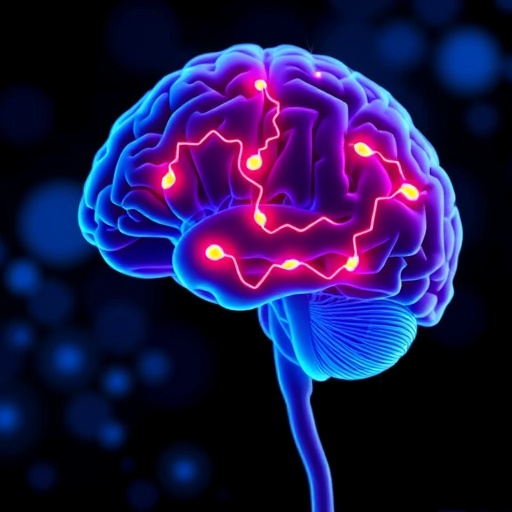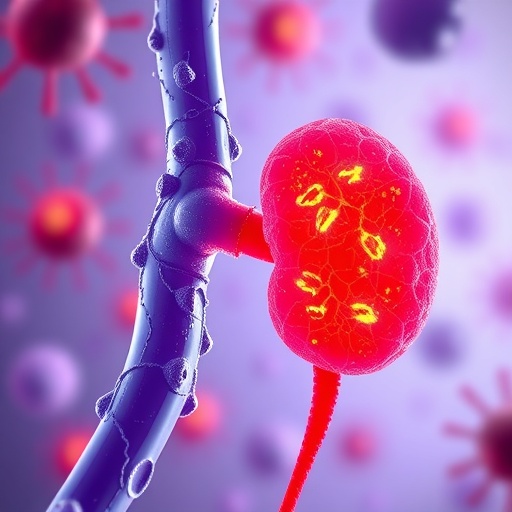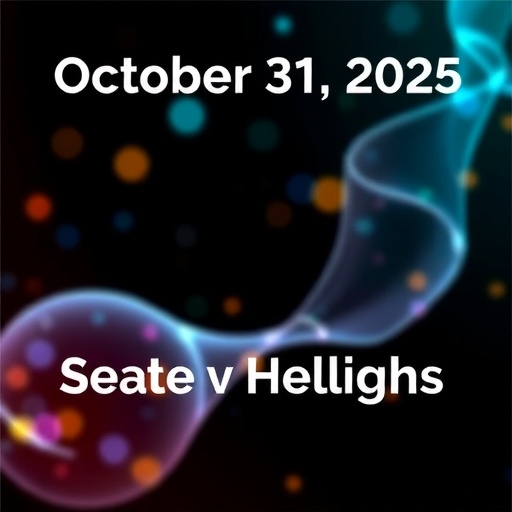Breast Cancer Brain Metastasis: Decoding the Complexities for Therapeutic Breakthroughs
Breast cancer remains one of the most prevalent malignancies worldwide, and despite advances in systemic therapies, brain metastasis continues to be a formidable clinical challenge. In a groundbreaking review led by Dr. Suling Liu from The First Affiliated Hospital of Zhejiang University, the intricate biological underpinnings and emerging therapeutic avenues of breast cancer brain metastasis (BCBrM) have been comprehensively elucidated. This work sheds light on the evolving landscape where molecular biology converges with translational innovation, underscoring the urgency to develop brain-specific interventions amidst rising incidence rates.
BCBrM affects up to 20% of breast cancer patients, with a predilection for those harboring HER2-positive and triple-negative breast cancer subtypes. Improvements in systemic disease management have paradoxically extended survival, inadvertently increasing the window for brain dissemination. The brain, once considered an immune-privileged sanctuary, is thus emerging as a critical battleground where metastatic breast cancer cells exploit unique neural microenvironmental cues. The clinical reality remains bleak, with limited therapeutic options and dismal outcomes emphasizing the need for refined molecular insights and innovative pharmacological strategies.
At the cellular and molecular scale, metastatic breast cancer cells undergo a dynamic metamorphosis during the metastatic cascade. Initiated by epithelial-mesenchymal transition (EMT), primary tumor cells acquire migratory and invasive capabilities, enabling intravasation into the circulatory system. Once in circulation as circulating tumor cells (CTCs), these cells often enter a dormant state, evading immune detection. This dormancy is a sophisticated survival strategy allowing tumor cells to resist therapeutic assault and adapt to distant niches. Upon arrival in the brain, tumor cells traverse the blood-brain barrier (BBB), a highly selective interface, undergoing mesenchymal-epithelial transition (MET) to reinitiate proliferation, highlighting the plasticity that metastatic cells exploit.
The molecular choreography orchestrating BCBrM involves interlinked signaling pathways including TGF-β, Wnt/β-catenin, PI3K/AKT, Notch, HER2-HER3 heterodimerization, and JAK/STAT cascades. Each pathway plays a pivotal role in regulating cell survival, migration, and immune evasion within the cerebral milieu. Notably, the HER2-HER3 axis, long implicated in breast cancer pathogenesis, emerges as a critical determinant in brain metastatic colonization, potentiating downstream pro-survival signaling. Concurrently, these pathways collaboratively modulate the tumor cells’ ability to remodel the brain microenvironment, fostering a permissive niche that supports metastasis persistence and growth.
The brain microenvironment is a unique and complex ecosystem composed of astrocytes, microglia, neurons, endothelial cells, and pericytes. These resident cells engage in bidirectional communication with metastatic breast cancer cells through molecular conduits such as gap junctions and cytokine networks. Astrocytes, for instance, contribute to metastatic niche formation by secreting cytokines and facilitating metabolic coupling, which in turn enhances tumor cell survival and offers resistance to conventional chemotherapies. Microglia, the brain’s intrinsic immune sentinels, exhibit a dualistic role, capable of both anti-tumor activity and tumor promotion, depending on phenotypic polarization influenced by tumor-derived signals.
Preclinical modeling of BCBrM presents significant challenges but remains indispensable for translational research. Established approaches like intracardiac and orthotopic brain injections in murine models mimic metastatic seeding and progression but cannot fully recapitulate human tumor heterogeneity. Patient-derived xenografts (PDXs) and three-dimensional organoids have emerged as valuable platforms that preserve the genetic and phenotypic complexity of patient tumors while facilitating drug screening. Cutting-edge methodologies involving humanized mouse models, which engraft human immune components, and advanced imaging modalities, are revolutionizing the capacity to study tumor-immune interactions and therapeutic responses within the brain microenvironment.
Therapeutic strategies against BCBrM are rapidly evolving but remain constrained by the formidable blood-brain barrier, which limits drug penetration. Conventional chemotherapies and radiotherapy often yield limited success with significant neurotoxicity. However, novel CNS-penetrant agents represent promising advancements. Small molecule tyrosine kinase inhibitors such as tucatinib and neratinib exhibit enhanced brain bioavailability and target HER2-driven metastatic pathways effectively. Antibody-drug conjugates like trastuzumab deruxtecan combine selective targeting with payload delivery, improving intracranial activity. Moreover, immunotherapeutic approaches harnessing immune checkpoint inhibitors and formulations leveraging nanoparticle-based delivery systems are being intensively investigated to surmount BBB limitations.
Innovations such as focused ultrasound further offer a non-invasive method to transiently disrupt the BBB, thereby facilitating the delivery of therapeutics directly into brain lesions with improved precision and reduced systemic toxicity. These emerging technologies, alongside personalized medicine approaches incorporating genomic profiling, aim to optimize patient-specific treatment regimens. By tailoring therapeutic strategies to the molecular and immunological profiles of individual tumors, there is renewed hope for improving response rates and extending survival.
A vital aspect highlighted in this comprehensive review is the necessity for multidisciplinary collaboration spanning oncology, neuroscience, immunology, pharmacology, and bioengineering. Only through such integrative efforts can robust clinical trial designs be developed, incorporating biomarkers for patient stratification and real-time monitoring of treatment efficacy. The complexity of BCBrM demands a paradigmatic shift from conventional protocols to innovative, adaptable frameworks that encompass novel agents, delivery platforms, and combinatorial therapies.
In summation, breast cancer brain metastasis exemplifies a critical nexus of oncologic and neurologic interplay, marked by cellular plasticity, molecular intricacy, and microenvironmental adaptation. The review by Dr. Liu and colleagues delineates a roadmap that bridges foundational biological mechanisms to therapeutic innovations, illuminating pathways for future research and clinical intervention. As the incidence of BCBrM increases in parallel with improved systemic control, the imperative to translate these insights into effective, brain-directed treatments becomes ever more pressing, promising to transform patient outcomes and quality of life.
Subject of Research: Breast Cancer Brain Metastasis (BCBrM)
Article Title: Breast Cancer Brain Metastasis: Bridging Biological Mechanisms to Therapeutic Innovations
News Publication Date: 24-Oct-2025
Web References: http://dx.doi.org/10.1002/mog2.70043
Image Credits: Suling Liu
Keywords: Breast cancer, brain metastasis, blood-brain barrier, epithelial-mesenchymal transition, HER2, tumor microenvironment, signaling pathways, preclinical models, CNS-penetrant agents, immunotherapy, targeted therapy, nanoparticle delivery, metastasis mechanisms
Tags: brain-specific cancer interventionsbreast cancer brain metastasisemerging therapies for BCBrMHER2-positive breast cancer challengesimmune-privileged brain environmentmetastatic cascade in breast cancermolecular biology of breast cancerneural microenvironment in metastasissystemic disease management in breast cancertherapeutic breakthroughs in breast cancertranslational innovation in oncologytriple-negative breast cancer therapies





